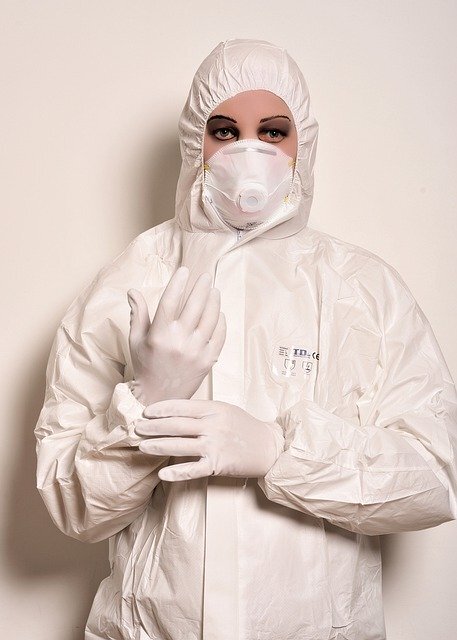READ: OSHA - Guidance on Preparing Workplaces for COVID-19
/(3 RC) - Coronavirus Disease 2019 (COVID-19) is a respiratory disease caused by the SARS-CoV-2 virus. It has spread from China to many other countries around the world, including the United States. Depending on the severity of COVID-19’s international impacts, outbreak conditions—including those rising to the level of a pandemic—can affect...(OSHA, 2020)
Read More




















